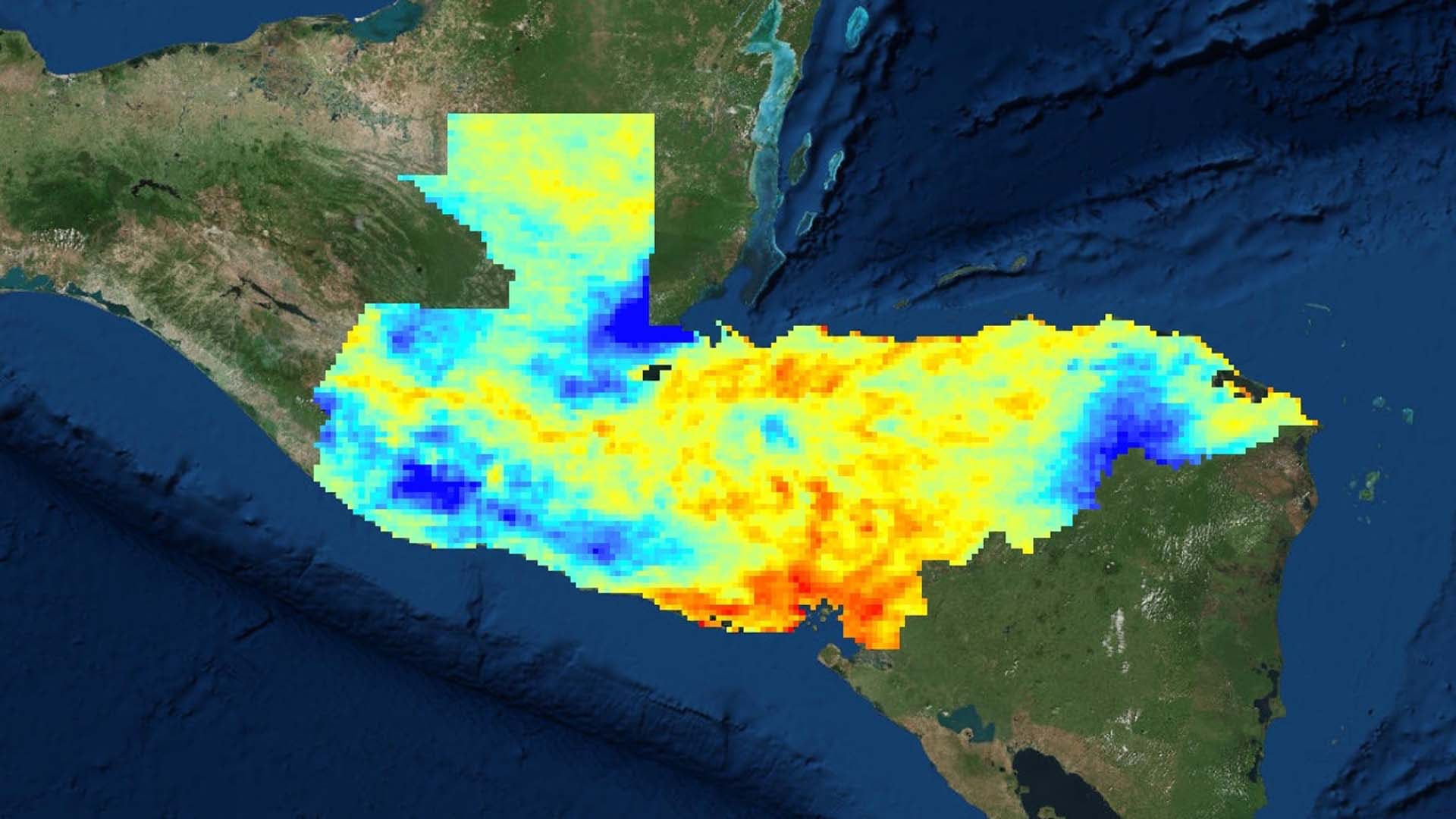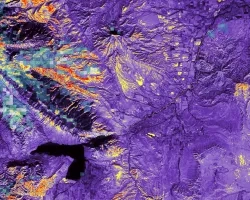
In November of 2017, Guatemala, Honduras, and El Salvador produced over 12 million kg of coffee combined, accounting for half of Central America's total output. However, in the last 20 years Central America has experienced crop declines between 50% and 90%, due largely to drought and irregular rainfall. These irregularities in the weather patterns have increased coffee crop vulnerability to diseases, such as coffee rust, as well as significantly decreased the productivity and overall quality of coffee crops. In particular, the 2015-2016 El Niño spurred a drought lasting for two years, the most severe drought in Central America in recent history. This project partnered with the Feed the Future Alliance for Resilient Coffee, which is led by Hanns R Neumann Stiftung and includes Conservation International and International Center for Tropical Agriculture to produce detailed analyses of precipitation anomalies for next generation coffee farmers, co-ops, and regional planners. The team created an atlas of El Niño-Southern Oscillation (ENSO) phases using the Climate Hazards Group InfraRed Precipitation with Station data (CHIRPS), and a time-series analysis of the frequency and intensity of historical drought periods using the Scaled Drought Condition Index (SDCI). Analyses will be used to assist partners in early warning detection by observing anticipated rainfall conditions aiding in determining adaptive management options.



